Use of yarrow herb in folk medicine

Low plant with modest white flowers, collected in small inflorescences, called yarrow, has found wide use in folk medicine. The leaves of this medicinal plant contain the alkaloid achillein in abundance, and the inflorescences are a real storehouse tannins, essential oils, organic acids and resins. Among other things, yarrow inflorescences contain vitamins K and C, as well as carotene.
This medicinal herb has a pronounced anti-inflammatory and antimicrobial effect and has a detrimental effect on white and aureus staphylococcus, as well as non-hemolytic streptococcus. Medicines and folk remedies that contain yarrow help improve blood clotting and accelerate wound healing and even have a mild antiallergic effect. In addition, this plant significantly enhances the contraction of the uterine muscles, which makes use of yarrow herb useful for uterine bleeding.
Yarrow is used as a pain reliever for various types of ailments of the gastrointestinal tract, and also as a hemostatic agent for various internal and external bleeding (including nosebleeds, bleeding from the gums and the aforementioned uterine bleeding). Also the use of yarrow herb as a bitterness extremely effective in increasing appetite. Among other things, this medicinal plant is an excellent sedative, which is present in many soothing teas and mixtures.

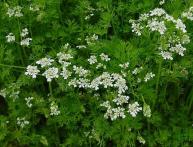
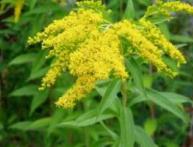
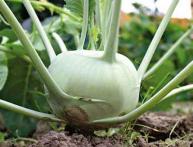
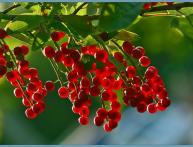
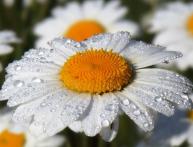
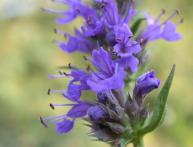
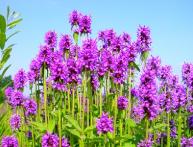
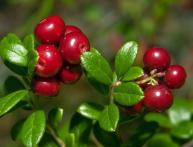
Comments
I read somewhere that yarrow is compared in its properties to calcium chloride. I add herbs to cough mixture: plantain, yarrow, thyme, calendula.